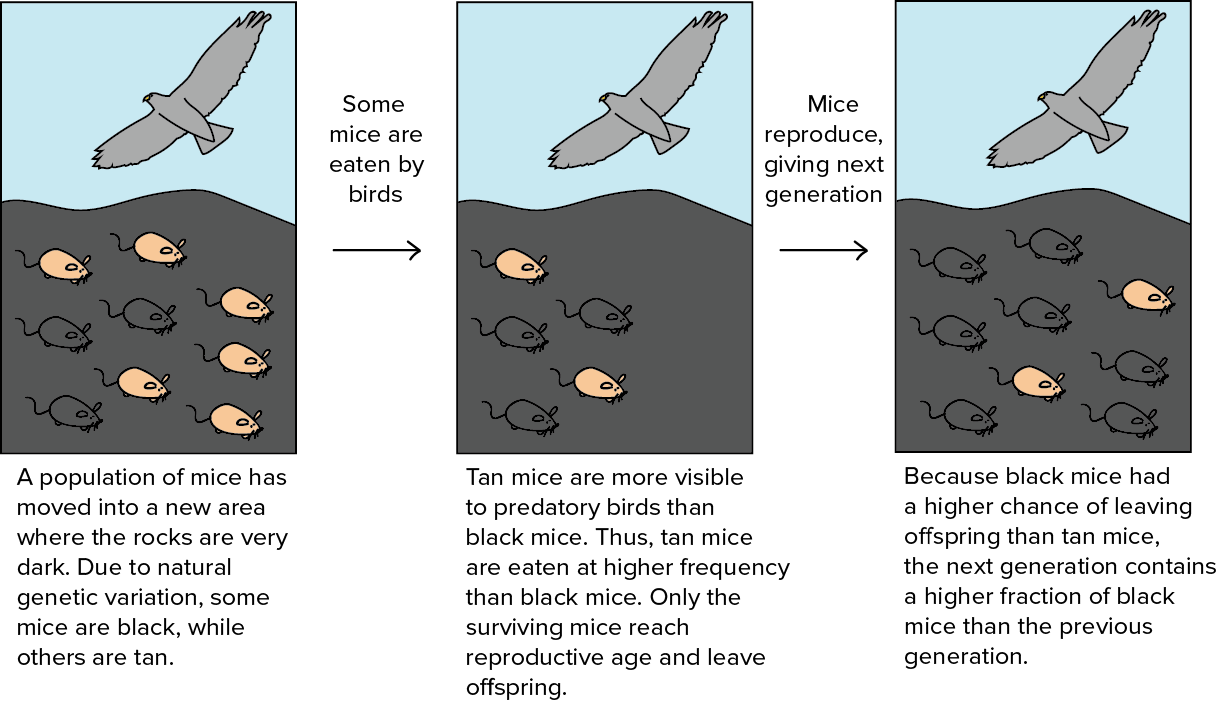Image Source:
https://docs.google.com/a/oakgrovesd.net/drawings/d/10hBFfr54Ym2HCDyA1-b447-lNOthMW49pxkJHU-mMKk/edit?usp=sharing
Summary:
Charity fair is a event where we make items to support a select charity. The charity we were trying to support was the National Immigration Forum. The NIF is a charity based in Washington D.C. that collects donations in hope of giving immigrants a better life in America by giving them English lessons and teaching them about aspects of American life. I also learned how to make an interactive map to help show where our product parts came from.
Backward-Looking:
Have you done a similar kind of work in the past (earlier in the year or in a previous grade; in school or out of school)?
I have done charity fair before as a 5th, 6th, and 7th grader. Otherwise I haven't done anything like this outside of school only in school 4 times already. Each time was more different from the next since they were striving to make charity fair more safer and so that students can put more of their heart into it.
Inward-Looking:
How do you feel about this piece of work? What parts of it do you particularly like? Dislike? Why? What did/do you enjoy about this piece or work?
I feel really proud about this piece of work because it is for a cause personal to me. When we finished I though we did a great job on it. I really liked making the ornaments since I could get creative with it and make all sorts of patterns on the ornament. I kind of disliked the math part since we had to redo a couple of those and it was stressful for a small time. But overall the project was sort of fun but mostly painting the ornaments.
Outward-Looking:
What grade would you give it? Why?
I would give it a A. I would give it this grade since I think we put solid effort into the project seeing as we got it done by Charity Fair night. I also think our presentation was pretty good since we rehearsed quite a lot. But other then that there was really nothing wrong that we did that I think it should get less than a A.
Forward-Looking:
What's one goal you would like to set for yourself for next time?
Next time I would strive to put full effort into our work next time so we don't have to go through the stress of redoing it. I had to deal with this multiple times with the math portion and it was pretty stressful. I would like to set this goal so I don't have to deal with that type of stress again. This is my goal for next time. (If I get another chance at Charity Fair)









